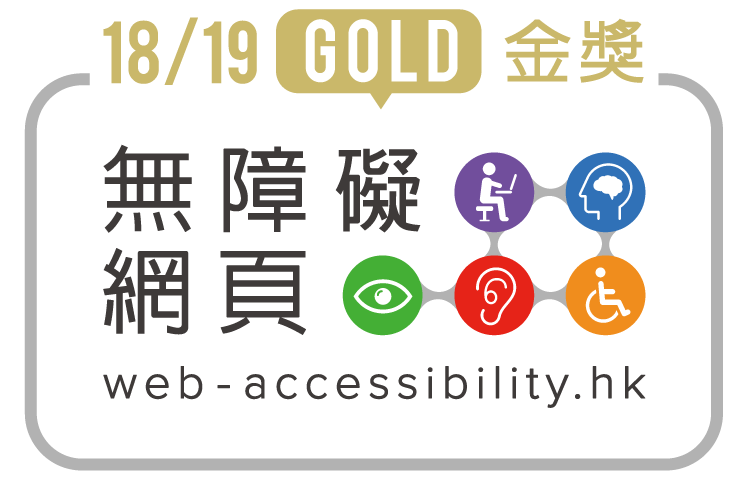
‘Tabloid Newspaper’ refers to ‘newspaper and then broadcast journalistic output that prioritizes entertainment, human interest and commercial profitability and which is usually presented as oppositional to “serious” and socially responsible journalism’ (Anita Biressi and Heather Nunn, 2008, p. 7). In China, You xi Bao (Game News) founded by Li Boyuan in Shanghai at the end of the nineteenth century is generally considered to be the earliest modern Tabloid. Its contents include current affairs rumors, poetry novels, witty and satirical articles, etc (Zhu Junzhou, 2013, p. 5). After its success, many other tabloid newspapers appeared and were popular in big cities such as Shanghai and Hong Kong.
Tabloids were usually thinner and cheaper. This is how tabloids attracted readers. They also attracted readers with different contents, such as political secrets, musicals, dramas, pornography, fun and leisure. Tabloids are mostly localized and local readers’ interests were given priority (Meng Zhaochen, 2005, p. 1; Li Jiayuan, 2019, p. 122, 149-150).
However, the value of tabloids should not be underestimated. Some tabloids did not aim to cater to the masses, such as Lihpao, which was founded in Shanghai and later published in Hong Kong (Cheng She Wo, 1956, pp. 119-121). Cao Juren also pointed out in the 1930s that tabloids were not leisure reading materials, but a kind of reportage with a social mission (Cao Juren, 1935, p. 76). Later scholars also noticed that tabloids are very useful material in studying the cultural connotation and construction of a city (Lian Lingling, 2013, pages 12-13).
The CUHK Library has long been aware of the academic value of newspapers and established the Hong Kong Literature Collection and Hong Kong Literature Database. In fact, newspaper supplements have always been the most important publishing platform for Hong Kong's refined and popular literary works. Newspaper as the main carrier also has a profound shaping effect on the characteristics of the works and the ecology of the literary world. The launch of Hong Kong Early Tabloid Newspapers is an important step for sharing information. Academic institutions allocate resources to collect early tabloids as well as some popular oriented newspapers and make them public after collation. This not only makes them easier for researchers to cross-reference the anecdotes of famous authors, but more importantly, it provides opportunities to discover the literary connections and social relations, and helps researchers to understand Hong Kong literature more comprehensively. After the early 1950s, there were no tabloid newspapers in mainland China. The once-popular tabloid culture continued in Hong Kong. There were also Hong Kong tabloids which follow national trends, and they provided observations on the mainland and even Taiwan issues. This is a very interesting case in the study of cultural circulation.
FAN Sin Piu
Professor, Department of Chinese Language and Literature
The Chinese University of Hong Kong
Reference:
Biressi, Anita and Nunn, Heather ed.(2008), The Tabloid Culture Reader, Berkshire, England; New York: McGraw Hill/ Open University Press.
Cao Juren (1935),〈報告文學〉,《筆端》,上海:天馬書店。
Cheng Shewo (1956), <由小型報談到「立報」的創刊>,《報學雜著》,臺北:中央文物供應社。
Li Jiayuan (2019),《香港報業雜談》,香港:三聯書店(香港)有限公司。
Lian Lingling (2013),〈導論:從小報看近代中國城市〉,連玲玲編《萬象小報:近代中國城市的文化》,臺北:中央研究院近代史研究所。
Lin Yutang (2011),《中國新聞輿論史》,廣州:暨南大學出版社。
Ma Huihong, Chen Luming (2010),〈香港報章文藝副刊電子化計劃及其實踐〉,《圖書館論壇》,第30卷第5期(2010年10月)。
Meng Zhaochen孟兆臣 (2005),《中國近代小報史》,北京:社會科學文獻出版社。
Xiao Si (2010), <大報與小報中的寶藏>,《信報》,10月9日/10日,頁39。
Zhu Junzhou (2013),《圖鑑百年文獻:晚清民國年間小報源流特點探究》,新北市:華藝學術出版社。

